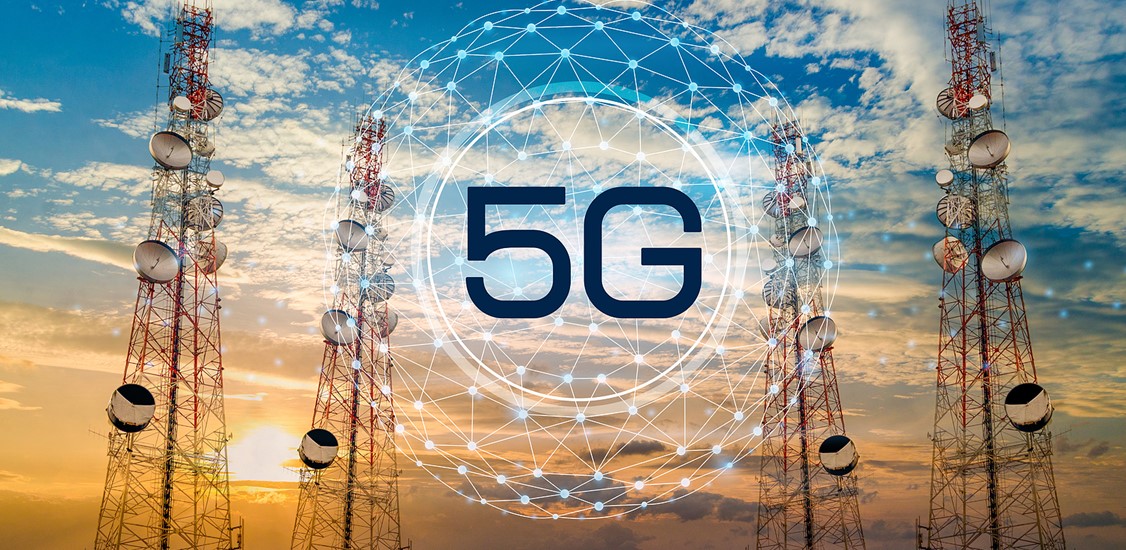Every big new technology comes with a hype cycle, and 5G is no different. But given the complexity of the technology, and the fact that operators are rolling it out in a variety of ways, on different timelines, it can be hard to separate fact from fiction. By now though, the majority of 5G rollouts should be well enough under way to gauge how all that time, effort, and investment is paying off.
As longtime network testing providers for mobile operators, we’re well-positioned to see what 5G networks out there are actually delivering, in a vendor-agnostic way. So, we decided to find out. We developed an independent benchmarking program to assess the coverage of the major U.S operators in over 100 markets, with the aim of measuring their 5G voice, data, and video services.
Specifically, we wanted to know:
- How are 5G rollouts progressing in different U.S. markets, and how do they compare to existing 4G services?
- How are the three main “flavors” of 5G - that is, services using low-band, mid-band, or high-band radio frequencies - performing?
- In particular, are early deployments of high-band millimeter wave (mmWave) services delivering on their promise?
To find out, we equipped a team of field testers with a boatload of specialized equipment - including a dedicated testing agent for mmWave - and sent them on the road. Traveling across 200,000 miles and 42 states, here’s what we found.
Quality across the board is quite high
In every market we tested, we were impressed with how mature and high-performing cellular services were for every operator. As you’d expect, that was particularly true for 4G services. But that’s still a significant achievement that shouldn’t be undersold. Yes, 4G/LTE is previous-generation technology, but it’s become extremely reliable, providing excellent coverage and capacity across all markets tested.
Perhaps more surprising, we were impressed with the maturity of the 5G rollouts as well. Across all operators, regardless of flavor, the performance of 5G technology itself was impressive. It really does, for example, deliver significant quality improvements at lower signal levels—one of the key benefits the industry was hoping to realize with 5G adoption.
5G works best where operators have mastered 4G
One truth we observed again and again is that having a deep understanding of your 4G network is crucial to optimizing 5G - even when the topologies are quite different. This shouldn’t be surprising, since current non-standalone 5G rollouts piggyback on 4G infrastructure. But it’s clear from our testing that operators do best when they pay close attention to fine-tuning and optimizing both technologies, and really studying how they interact.
We consistently found that, in markets where operators had put significant effort into maximizing their available 4G resources, they were able to optimize 5G as well. Where operators took the time to really analyze the level of density and capacity to best serve their customers, that investment paid off across both technologies.
5G networks are improving - quickly
We survey each market twice yearly, and in just the period between the first and second halves of 2021, we noted huge improvements. In our first pass, it wasn’t uncommon, especially in smaller markets, to find scenarios where operators managed to roll out 5G coverage, but the performance wasn’t great. In many cases, the raw throughput we measured - and more importantly, the data reliability - was actually worse than competing 4G networks, sometimes dramatically worse.
A common thread in these cases was that operators had pushed hard to move users to 5G but had not done a great job optimizing their 4G resources. Their subscribers did connect to 5G more often, but the actual service experience was prone to videos freezing, web pages getting hung up, and data transactions being unable to execute. The operator might have succeeded in delivering more 5G services in that market, but competing 4G offerings delivered better reliability.
The good news is that most of these issues were short-lived. Most of the problems we saw in our first pass showed enormous improvement by the second. When we came back through though, it was clear that RF engineers had done an excellent job reoptimizing and reintegrating those 5G sites and new spectrums to provide a much higher level of quality.
5G mmWave lives up to its billing
Few aspects of 5G have received as much hype as high-speed mmWave services. But what was the actual mmWave experience like in 2021? To find out, we pored over public announcements to try to pinpoint where operators had launched commercial mmWave services, and then dispatched our team and specialized testing agent.
We were pleasantly surprised at how much mmWave was actually out there. Of the over 100 markets we visited, we found roughly 2/3 of them will have mmWave by end of 2021. Additionally, the mmWave services were as impressive as advertised, delivering 1.5 to 1.9 Gbps average download rates. We also found we were able to get excellent mmWave performance at mobility speeds, not just in stationary testing, which was something of a surprise.
Looking towards 2022
Overall, our testing suggests U.S. operators did a solid job of continuous improvement in 2021, of expanding 5G networks, and ensuring they deliver good quality and reliability. So, what lessons should we draw? How about one that’s technical and specific, and one that’s broader and more strategic.
From a technical perspective, one of the biggest mistakes we saw in poorer performing sites, especially early mmWave sites, was that the network did not have the appropriate anchor cells for LTE. For mmWave in particular, having the right anchor cell specified at all levels, in all optimization scenarios, is crucial to fulfilling the technology’s potential.
More broadly, we’d offer operators this general advice: even if 5G networks don’t immediately deliver better performance than 4G (and some operators do it better than others), it’s still worth-while to deploy them. Just based on the changes we saw over 2021, it’s clear that accelerating 5G deployments matures the technology more rapidly than holding off. No, you don’t want to promise the market more than you can actually deliver. But this is one area where pushing the envelope really does pay off.




















